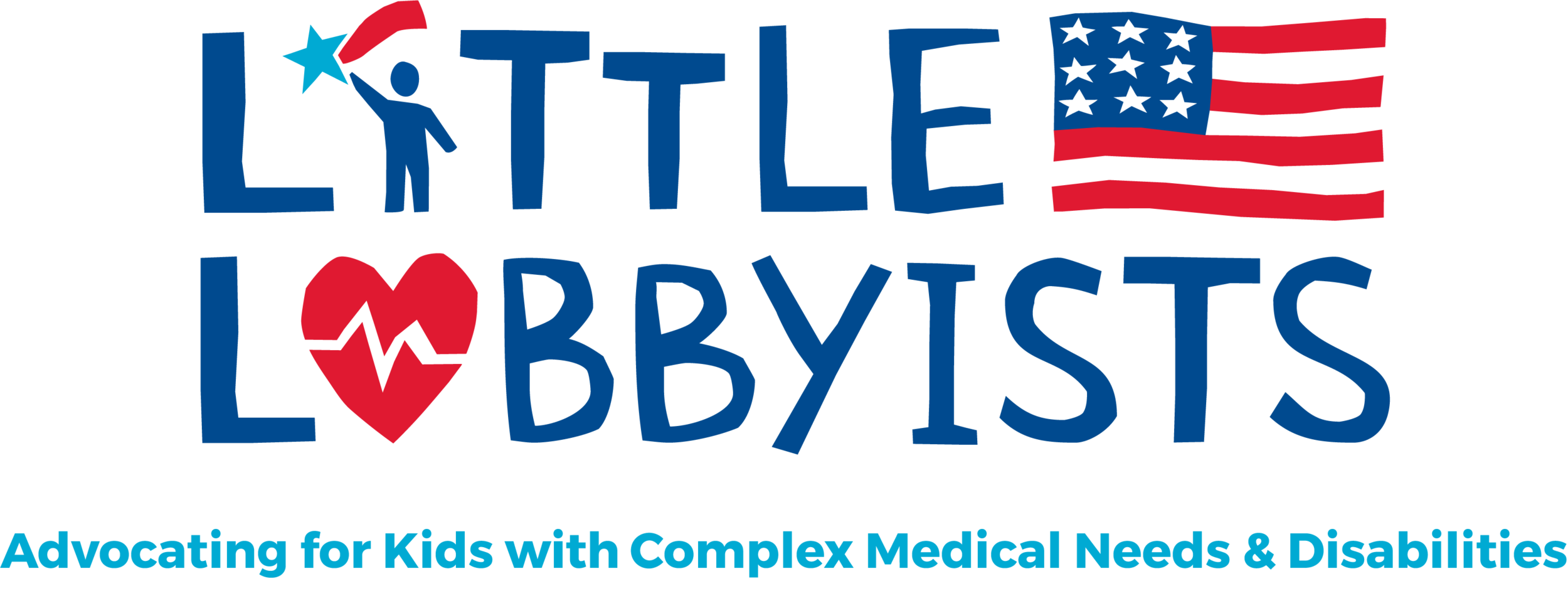Wheelchairs Aren’t a Second-best Life (by Maya Brown-Zimmerman)
Antonis Tsapatakis by Nicholas Samaras http://underwater-photography.gr/portfolio-item/athletes/
I’ve seen this meme on Facebook a few times. If you can’t see the graphic, it’s a man underwater, standing beside an empty wheelchair. The caption reads “The power of water. The most beautiful picture you’ll see today.”
People share it because it feels inspirational that water is an equalizer, allowing the man to be “free” from his wheelchair. The media loves a good “overcoming the wheelchair” photo/story!
I’d challenge you to reconsider how you view physical disability though. Many wheelchair users don’t see themselves as needing to be fixed. As one writer said, “words are what confine and limit us – not our chairs, which are actually pretty great.” How might society’s attitudes about disability change if we worked towards celebrating people as they are, instead of viewing physical disability as lesser-than? We’d see less pity and more accommodations, more accessible venues.
Now, I’ve been guilty of this. My son Julian uses a wheelchair part-time. We used a stroller for years, past the age most kids stop. When he outgrew his umbrella stroller, I started looking into a “special needs stroller.” I remember discussing this with another mom in the physical therapy waiting room one day, and she asked why I didn’t just get him a wheelchair. I said I was worried about being judged for having a child in a wheelchair that could walk. In my head I thought, he’ll be judged for using a chair; people will see him as “less than.” And though I didn’t say it that day, if I’m being completely honest with myself, I didn’t want to see my child as “disabled enough” for a wheelchair. A special stroller seemed less … serious somehow?
But her words stuck with me, and I broached the subject to Julian’s physical therapist during the Marfan Walk, as Mark pushed Julian in one stroller and I pushed our daughter in another. His physical therapist agreed, and about 15 months (and so much insurance headache) later Julian had his wheelchair.
Julian with his wheels and his older brother Miles on a walk.
I’d thought of the chair as holding Julian back until the first time I saw him maneuver at the wheelchair clinic. It was then I realized that the chair is what’s allowing him to move forward (no pun intended). In a stroller, I always had to be there, pushing Julian along. With the new wheelchair and his Smart Drive, Julian can get around all on his own. With the chair, he doesn’t have pain stopping him from participating in activities. His peers are very understanding of the wheelchair, too (and often, over-eager to push him). The chair makes him free.
Julian doesn’t see using a wheelchair as a “second best” life. Recently when someone at church suggested that he’d be able to walk in Heaven someday, when his body is made perfect, Julian was hurt because his body is perfect now, just the way it is.
As parents, it’s painful to watch our children go through hard things, and I can appreciate that able-bodied people may have a hard time understanding that disability isn’t inherently bad. But when you see a meme like this, consider what it’s actually saying about disability before you share it. Remember: your kids are watching and listening to you, and the way you talk about their bodies will to set the tone for how they see themselves. Don’t let them think you believe their bodies are anything less than perfect.
Maya Brown-Zimmerman is a stay-at-home mom to four kids with a variety of diagnoses including autism, Marfan syndrome, and a brain injury. She has a masters degree in Public Health and is the patient adviser to The Marfan Foundation's Professional Advisory Board. In her spare time she's going back to school, is a medical drama TV junkie, and enjoys reading and cooking. Maya blogs at Musings of a Marfan Mom.


